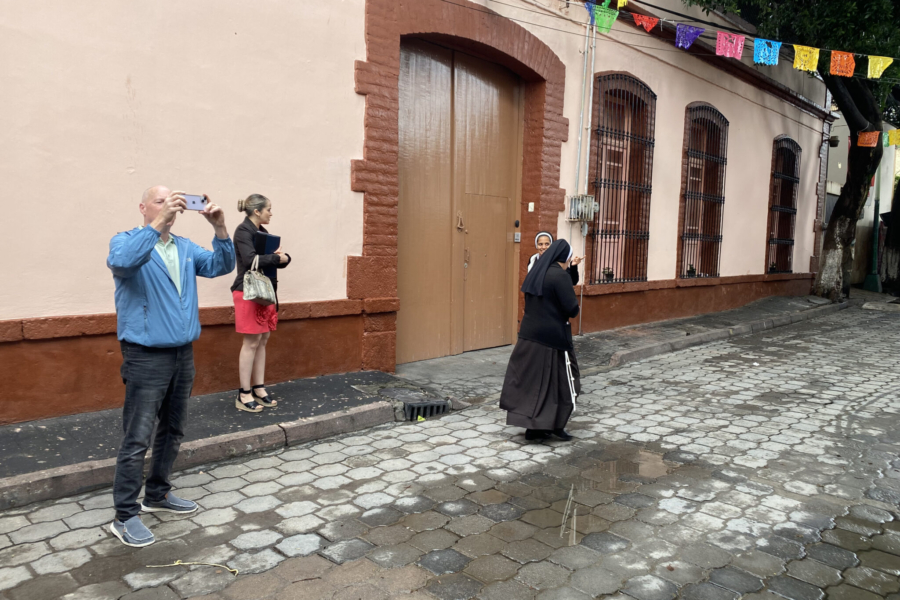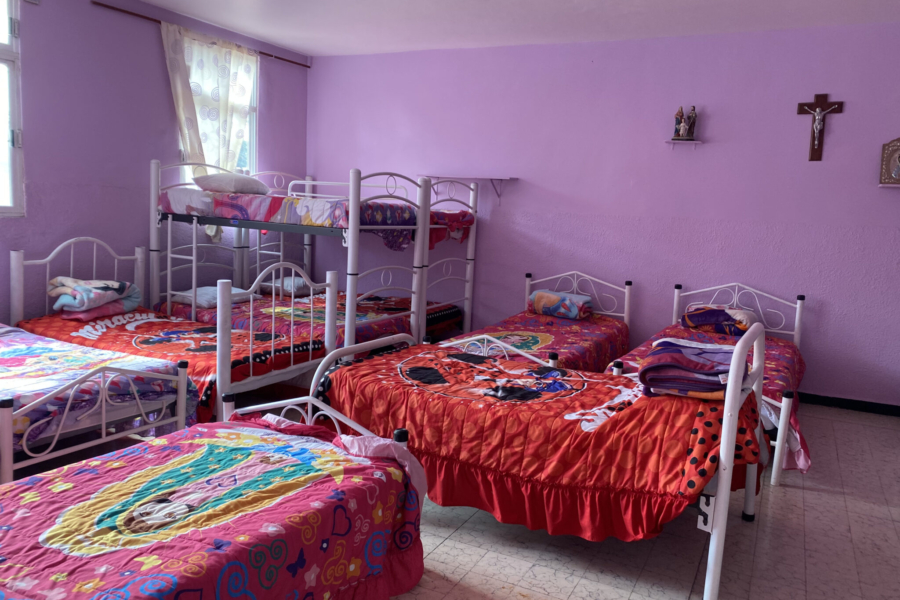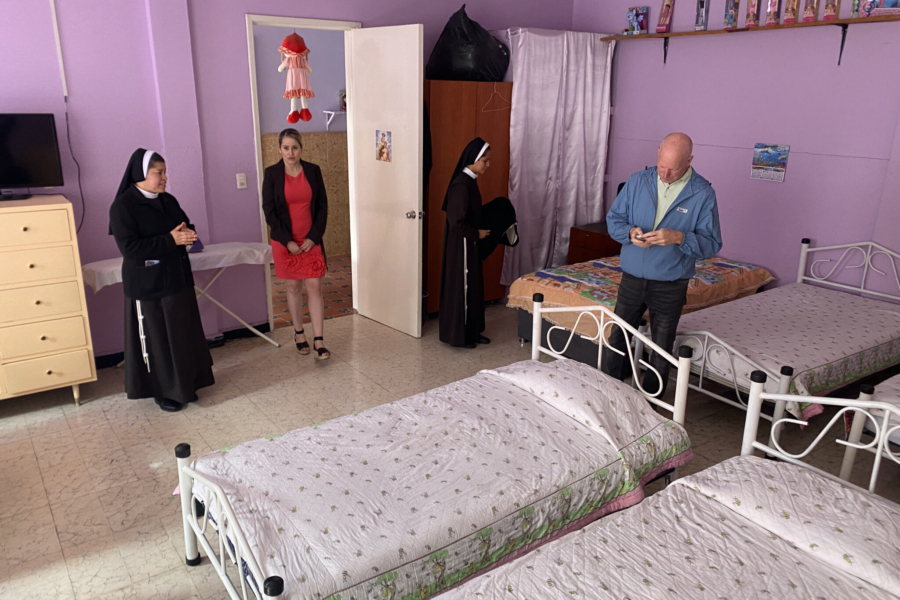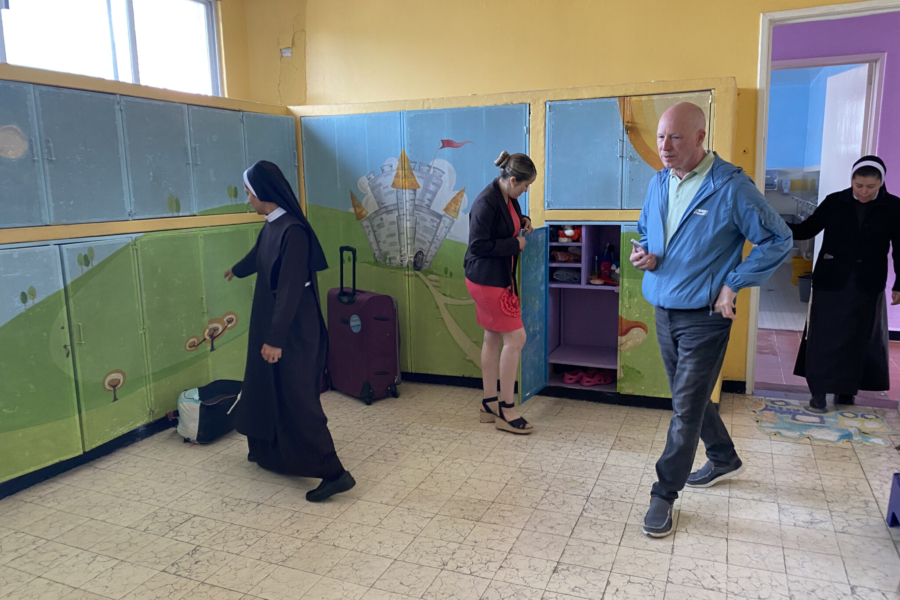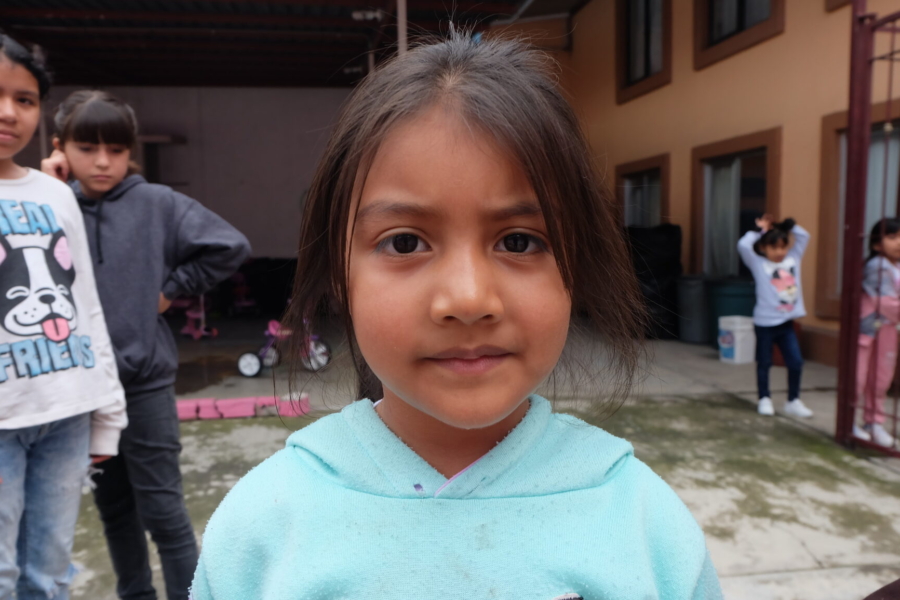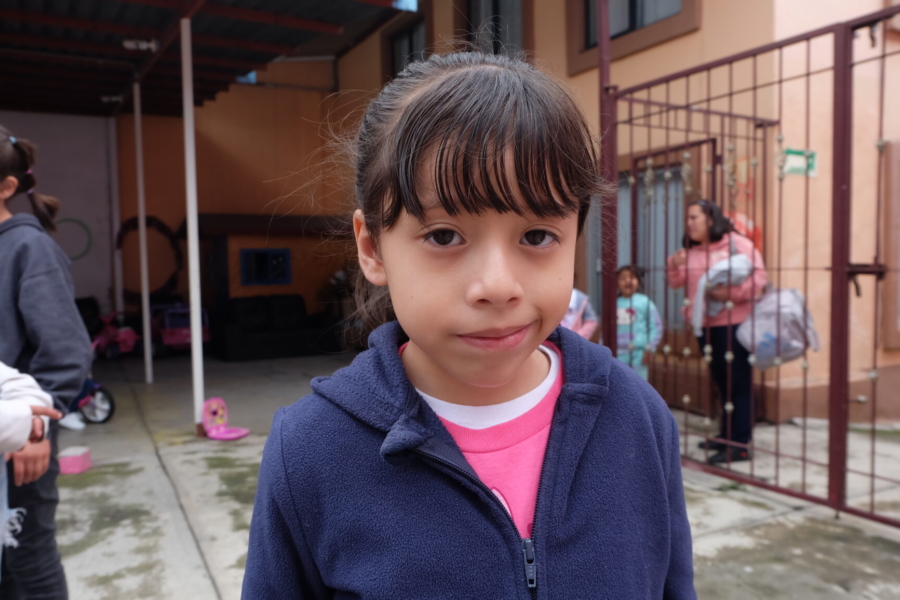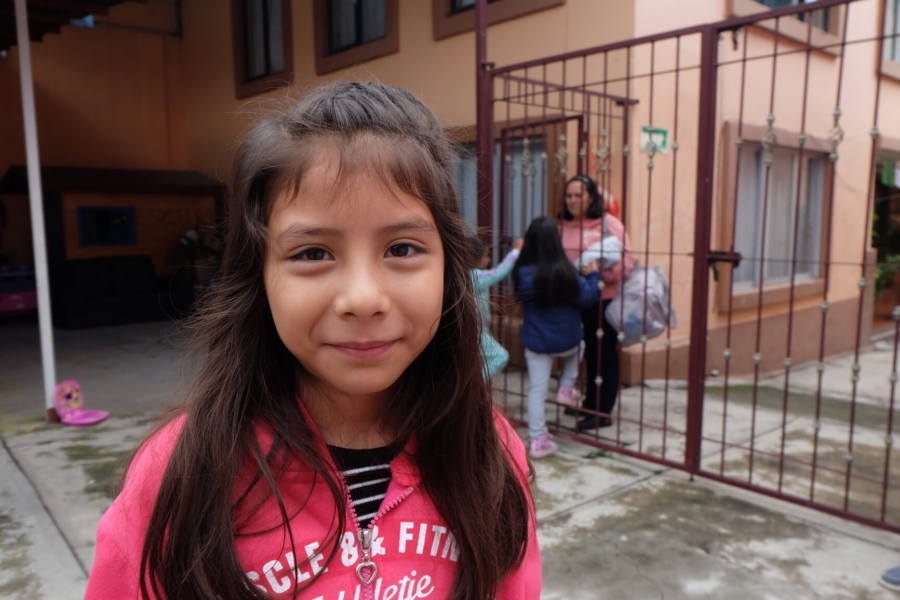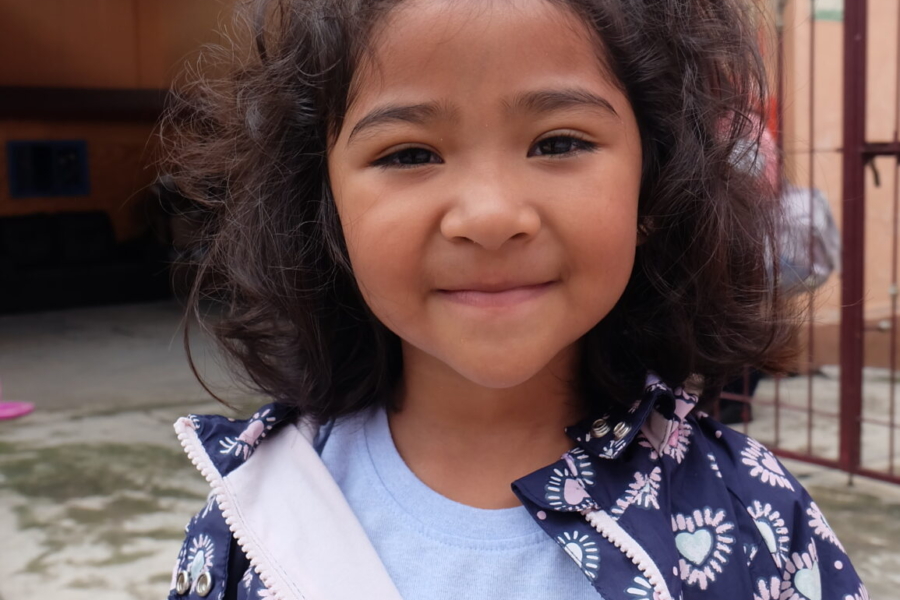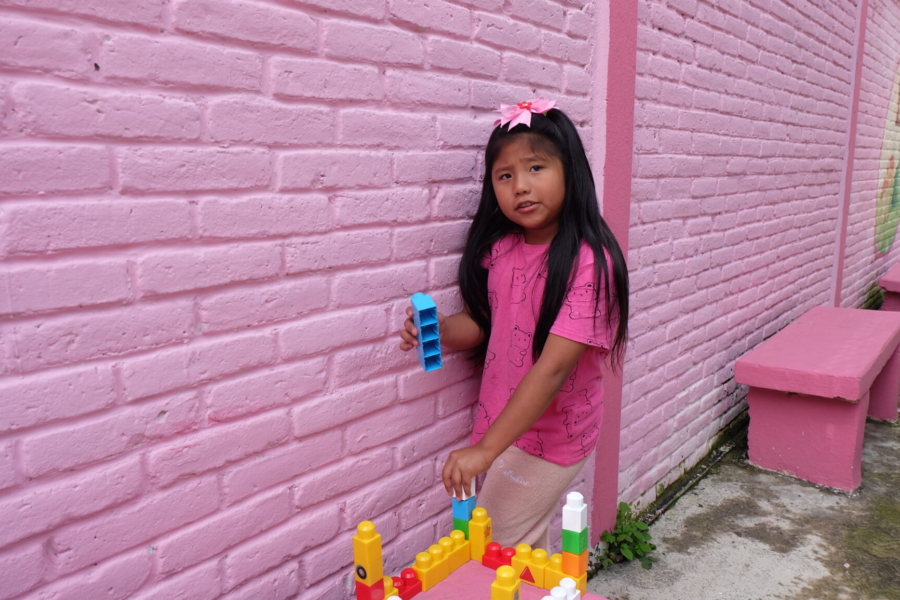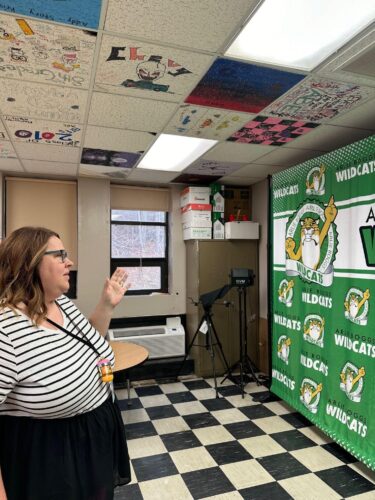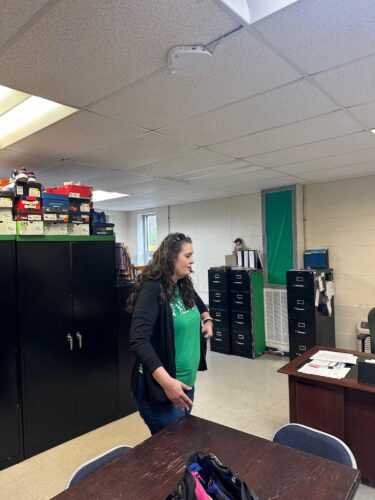When I was told that I would accompany the President and CEO of Children Incorporated, Ron Carter, on his first visit to Mexico with our organization, I was beyond excited. It would be my third time seeing our affiliated sites in this magnificent country, but I knew that seeing it with Ron would be a whole new experience and one that I looked forward to immensely.
More specifically, the sites in Mexico are unique because these children otherwise don’t have stable homes for various reasons, and that is why the help our sites offer to children and families is so crucial.
In preparation for our trip, Ron and I spoke at length about what we might expect based on my last visit. As our departure date grew closer, so did my excitement for what Ron was going to see for the first time.
The uniqueness of Mexico
Although I have a fondness for so many of our affiliated sites that I have had the privilege of visiting, our Mexico sites stand out in a very special way. Each of them is run by representatives of the Catholic Church, which is common in Central and South America, as well as in India. Each site is also a home where children board during the week or year-round so they can receive the support they need. More specifically, the sites in Mexico are unique because these children otherwise don’t have stable homes for various reasons, and that is why the help they offer to children and families is so crucial, and it really pulls at my heartstrings.
After a long day of traveling from our office in Virginia to Mexico City, Ron and I, along with our International Programs Specialist, Yefiny, met bright and early with our volunteer coordinator, Beatrice, and her assistant, Monica, in the lobby of our hotel. Monica was newer to the home, and Beatrice had been there for a few years. They both cheerfully expressed how much they enjoyed their time at Santa Ines caring for the girls who lived there during the week.
Visiting Santa Ines
We made our way outside to a taxi, and just a short ten-minute drive later, we arrived at the neighborhood of Coyoacán, known in Mexico City as the home of the Frieda Kahlo Museum and our affiliated site.
The taxi stopped a few blocks short of the home, and we made our way down the cobblestone streets to the grand entrance of Santa Ines, a large wooden door with a smaller one inside of it, directly across the street from a lively church. Beatrice unlocked the small door, and we entered to find a few of the children and their mothers waiting for us already! As it was Sunday, it was typically the day the children returned to Santa Ines after being home on the weekends, and they weren’t usually scheduled to arrive until 5 p.m. Today was different because of our visit, and the girls came to Santa Ines earlier than usual to meet us.
After greeting the children, we took a tour of the facility, first seeing the kitchen and dining room. Monica told us that the girls’ breakfast starts at 6:30 a.m., and then the sisters walk them to the local public schools by 8 a.m., when classes begin.
Learning more about the home
The schools are only 5 minutes away, so, as Monica explained, the girls also come back to the home for lunch and then go back to school in the afternoons for sports and gardening lessons before their day ends at 6 p.m., and they once again return to Santa Ines for dinner at 6:30. Then, the girls work on their homework and bedtime is at 8:30 sharp.
Monica told us that even for the smaller girls, as young as 6 years old, the tight schedule was important to their development, and they all really enjoyed being busy, especially since it meant the girls all got to be together all day and through the night.
The girls seemed overjoyed to be back together after a weekend away with their mothers, and it was apparent they felt that the other girls at the home were like sisters to them.
Next, we visited the dorms where the girls slept and stored their belongings. Monica told us that the older girls, ages 10 to 12, have a separate dorm from the younger girls, and they were all expected to keep their rooms tidy as part of their daily chores. With a capacity to host 30 girls at a time, the home only had 18 girls at the moment, which Monica explained as being due to the fact that the Mexican government determines how many girls are in attendance.
The single mothers whose children stay at the home go through an interview process, and there are rules for qualification – the mothers need to be employed even though they are not expected to pay for the children to stay at Santa Ines – the government pays the fees – but it is required that the mothers prove they really need the help based on their incomes as well as need for childcare during the work week.
As we exited the dorms, we saw that many more of the children had started to arrive, and we had a chance to interact with them in the courtyard as they played games, rode bikes, and swung on the playset. The girls seemed overjoyed to be back together after a weekend away with their mothers, and it was apparent they felt like sisters to one another.
Getting to know the girls
As Monica, Yefiny, and Ron made their way to the administrative offices to have a meeting, I stayed behind to visit with the girls, and we quickly invented a game that I deemed “Como Se Dice?” which involved the girls pointing to objects around the courtyard and asking me how to say them in English. It was endless fun and made me feel quite smart that I could answer all of their questions and, therefore, win the game!
I already knew from my previous visits just how important our sponsorship program was to the girls at Santa Ines — with only limited support from the government, it was crucial that Monica and Beatrice received funds from our sponsors to purchase food, school supplies, clothing and hygiene items for the girls at the home. And for the girls, who might not otherwise receive these items from their mothers who are working hard to make ends meet, knowing Children Incorporated could fill in this gap for them is so incredibly important to their overall well-being. And in the end, it gives their mothers peace of mind that their children are being taken care of even when life is difficult for them.
Saying our goodbyes
When Yefiny and Ron stepped out of their meeting and once again joined me in the courtyard, I could tell Ron was overwhelmed with gratitude for what Santa Ines was doing for these young ladies. He thanked Monica and Beatrice profusely for their kindness towards us and their dedication to helping the children they serve. Before we left, the girls sang a song to thank us for visiting with them, and we also thanked the girls for being such a special part of the lives of our sponsors as well.
***
How do I sponsor a child with Children Incorporated?
You can sponsor a child in one of three ways: call our office at 1-800-538-5381 and speak with one of our staff members; email us at sponsorship@children-inc.org; or go online to our sponsorship portal, create an account, and search for a child that is available for sponsorship.

